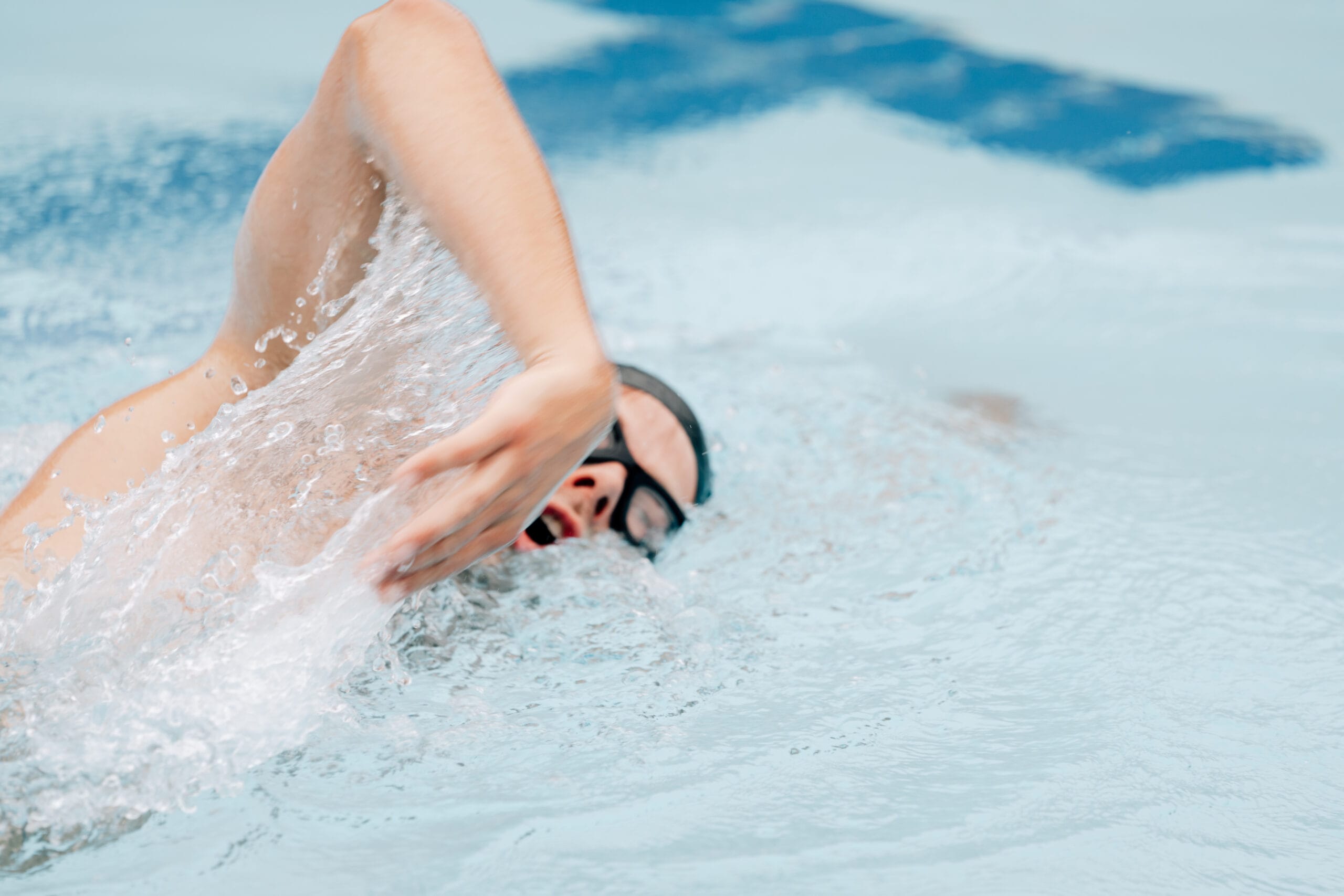Golf Training on Tour: Tips for Performance & Injury Prevention
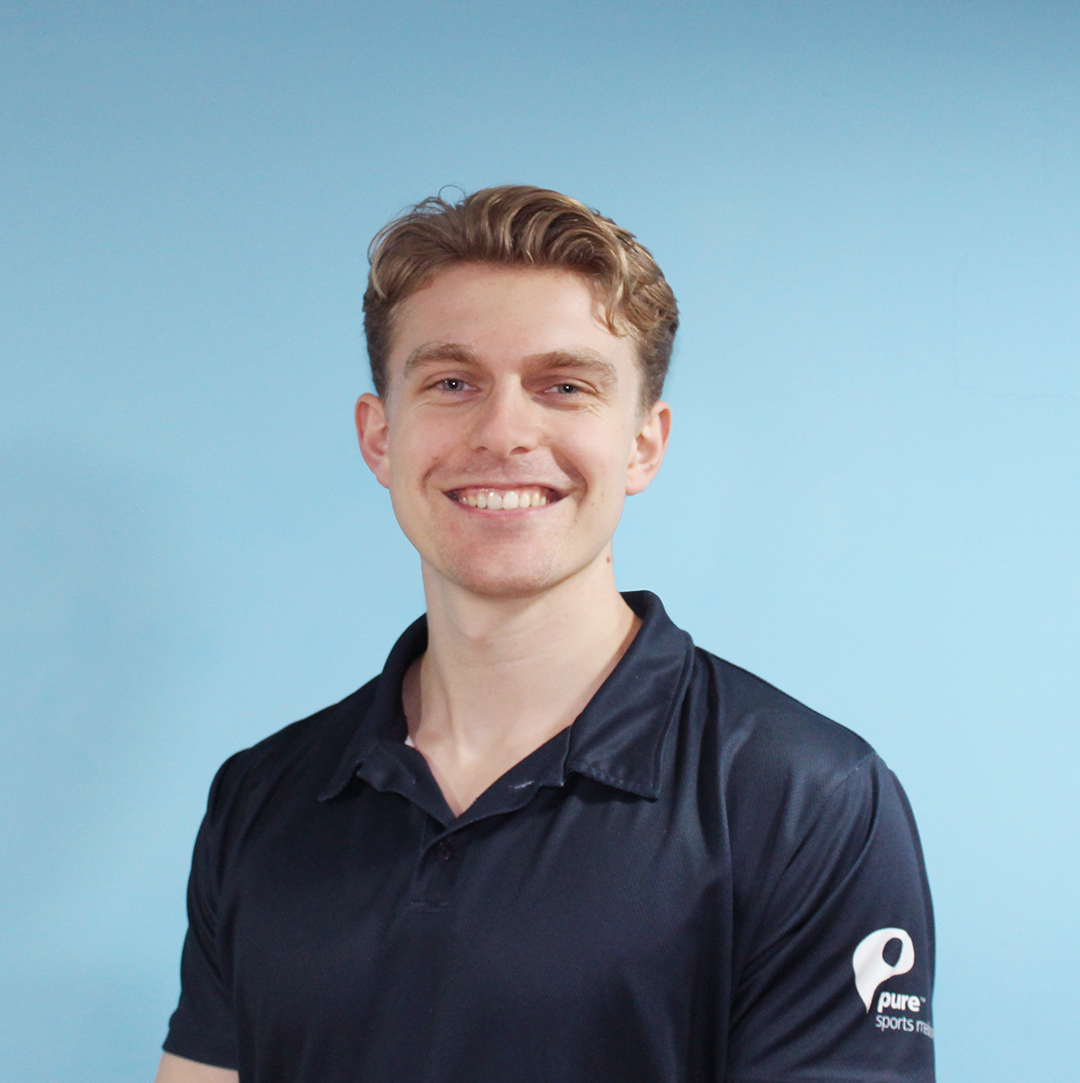
Tom Williams
Head of Performance and Strength & Conditioning Coach
- 2 April, 2020
- Strength & Conditioning
- Golf
- 3 min read
Golf Training on Tour: Tips for Performance & Injury Prevention
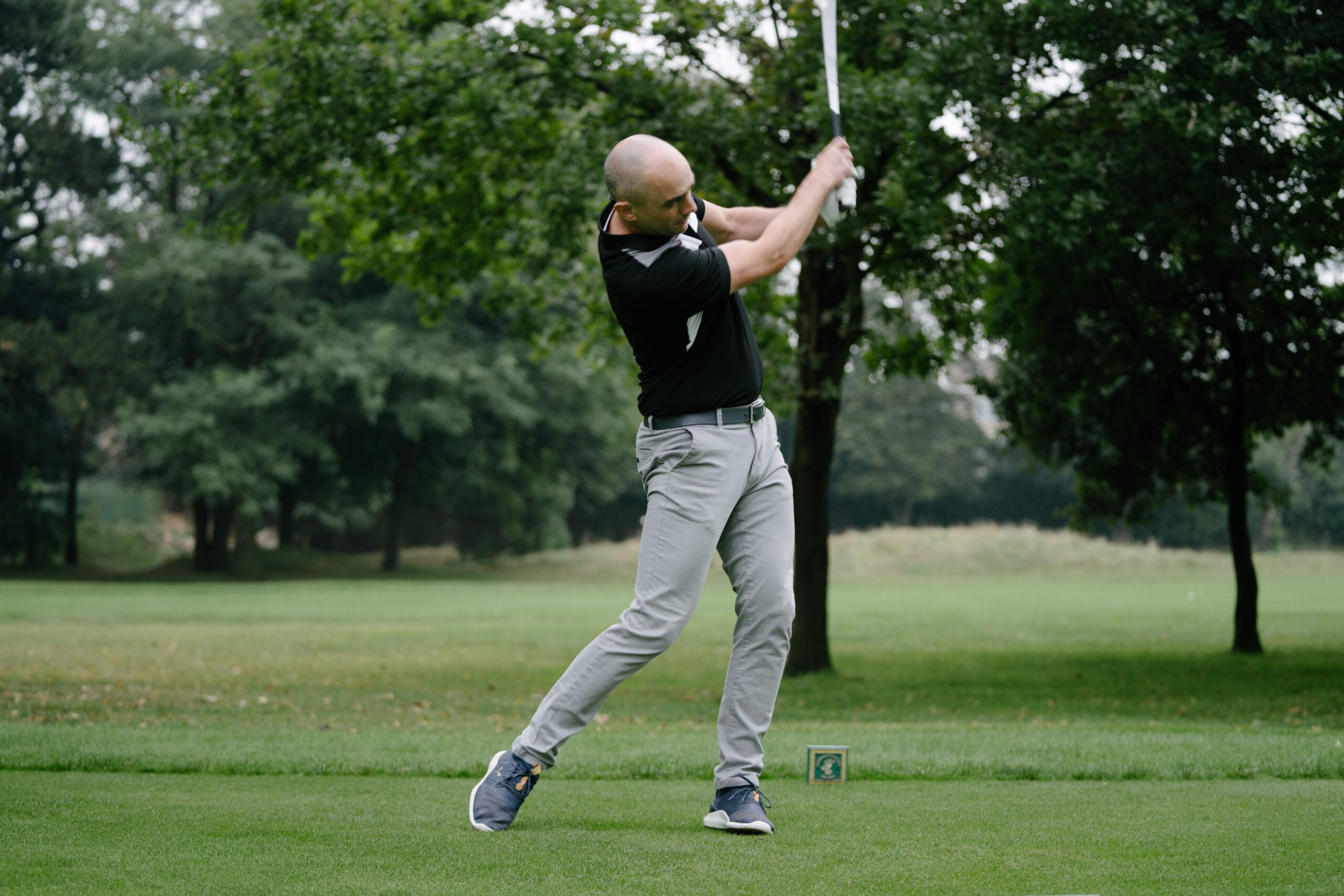
As a Strength and Conditioning Coach, our job is to design and implement the physical training programmes for professional golfers. Training programmes will always have two primary aims; reduce injury risk and improve performance.
By analysing the movements involved in the sport we can look at the key muscle groups which are used in these movements. We can then target those muscles and strengthen them with resistance training exercises. Increasing the strength in these key muscle groups allows them to become more robust at handling the repetitive nature of practice and competition.
In an average tournament week, a professional player will hit around 2,000 balls and spend approximately 42 hours on their feet. This places a great strain on the body, hence, the importance of consistently performing strength training.
A big problem with training on tour or, as we currently all find ourselves – at home away from our usual gym environments – is that we are limited to whatever facilities are available to us in our immediate surroundings. Below, however, are 2 lower body exercises we can perform anywhere, with minimal equipment. Both of these exercises target some of the key muscles involved in golf; the glutes, lower back, hamstrings and quadriceps.
Dumbbell Split Squat
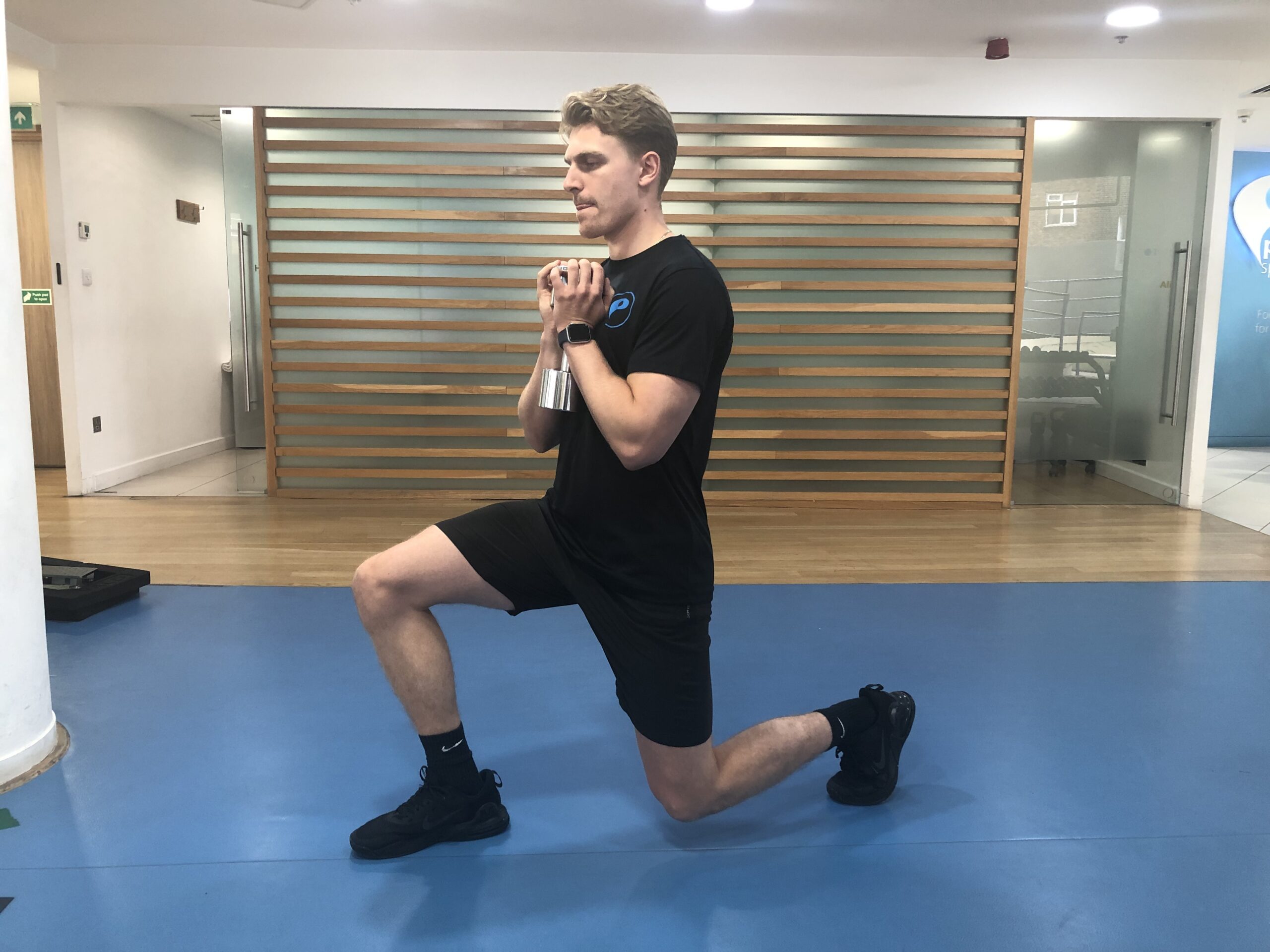
- Keep your chest up tall throughout the entire movement.
- Weight is distributed onto the front foot.
- Flex both knees to 90degrees.
- Make a slight pause at the bottom.
- Drive through your front heel to return to the top position.
- Make sure your knee is in line with your toes the whole time.
- Try it first without weight to find your balance.
- Do the same number of reps on each side.
Dumbbell RDL
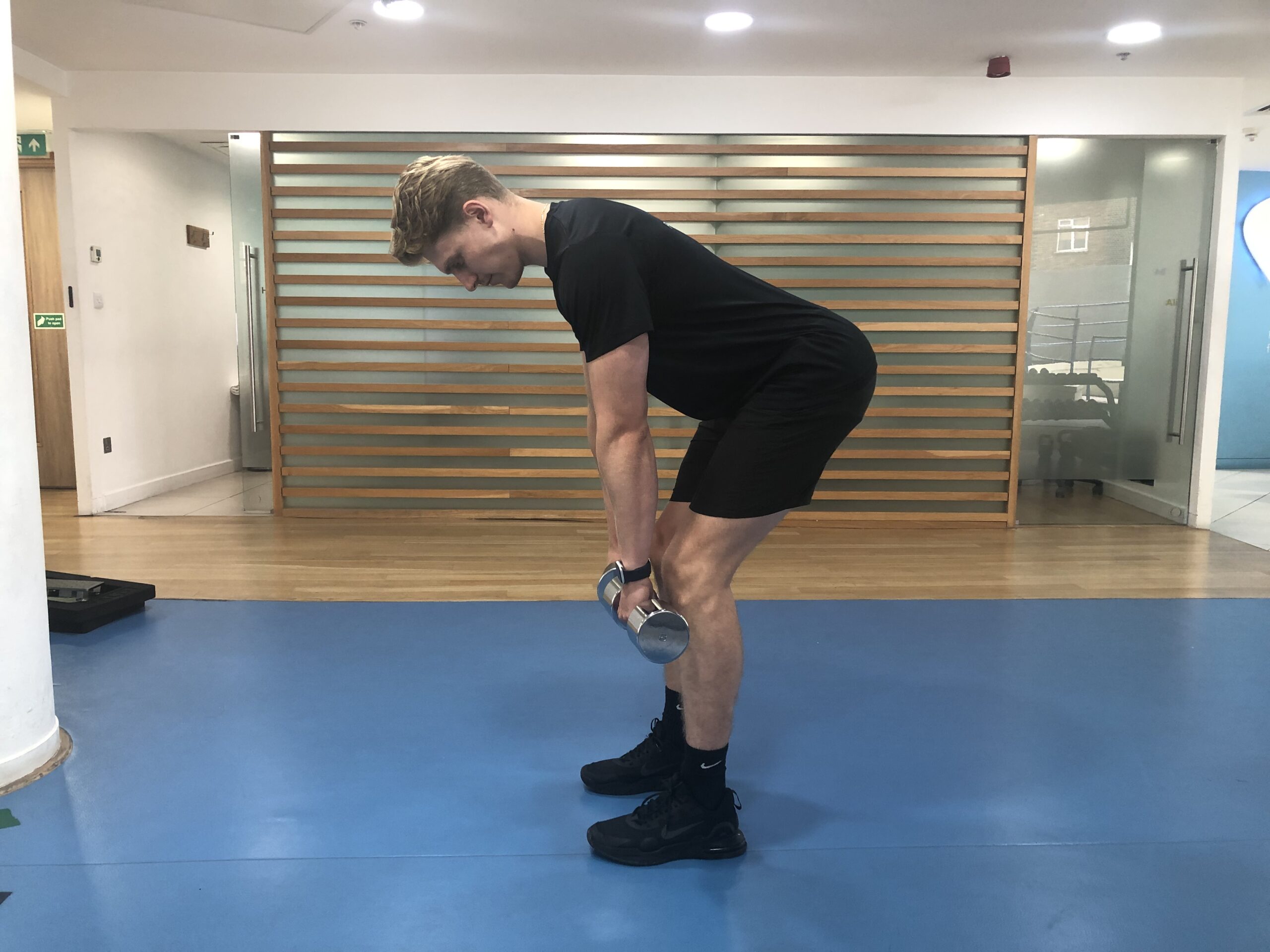
-
- Keep your shoulder blades pinched back throughout the entire movement.
- Begin with a slight bend in your knees.
- Push your hips back and bow over as far as you can, whilst maintaining a straight back.
- Do not bend your knees any more than at the starting position; this movement is all about the hips.
- Keep the dumbbells attached to your body throughout the entire movement.
- Once you feel a big stretch down the back of your legs, squeeze your glutes and bring yourself back to the starting position.
- Try it without weight first to find your range.
Try to do 3-5 sets of 8-12 reps, twice a week, of each exercise. Only increase the weight you are using once you can perform all reps with good form.
The practice and tournament requirements of professional golf are so vast that a primary aim of all strength and conditioning programmes needs to be injury prevention.
It is estimated that around 80% of injuries in the pro game are as a result of overuse, with the shoulder being one of the most injured sites. When we analyse the golf swing, we see that the shoulder is responsible for transferring the forces, initially generated by the lower body, into the club head.
We see that as we get more powerful in our lower body, and can generate greater club head speeds, that our shoulders and trunk are put under greater stress. It is, therefore, highly important that we train the muscles of the rotator cuff and those around the shoulder girdle. Improving the strength and robustness of these muscles, along with their tendons, will ensure we stay healthy as we improve our club head speed.
Above, I explain x2 lower body exercises that could be done anywhere, even with limited equipment. This time we will focus on x2 upper body exercises that target the key muscles involved with keeping the shoulder joint healthy.
Single Arm Dumbbell Press
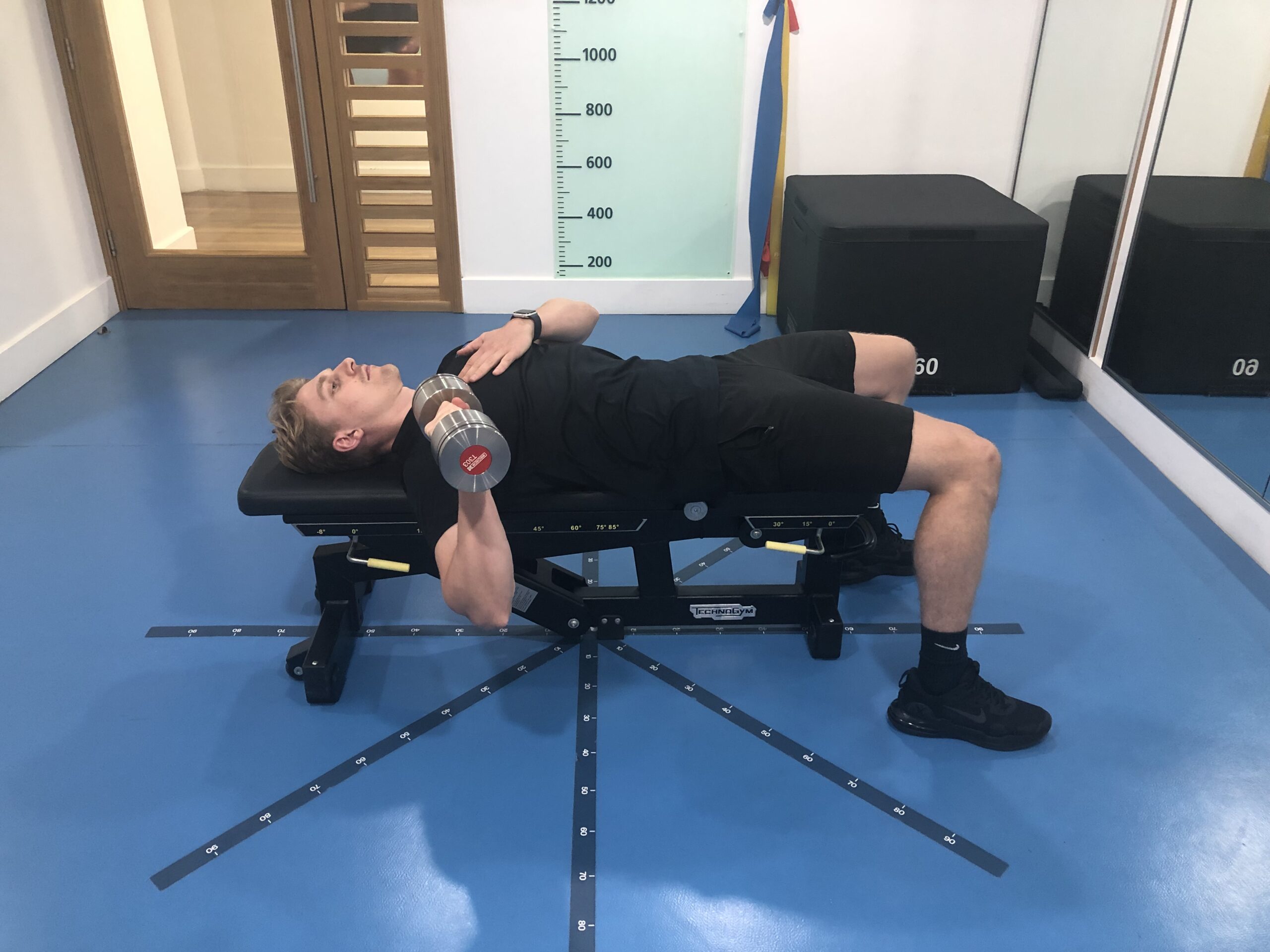
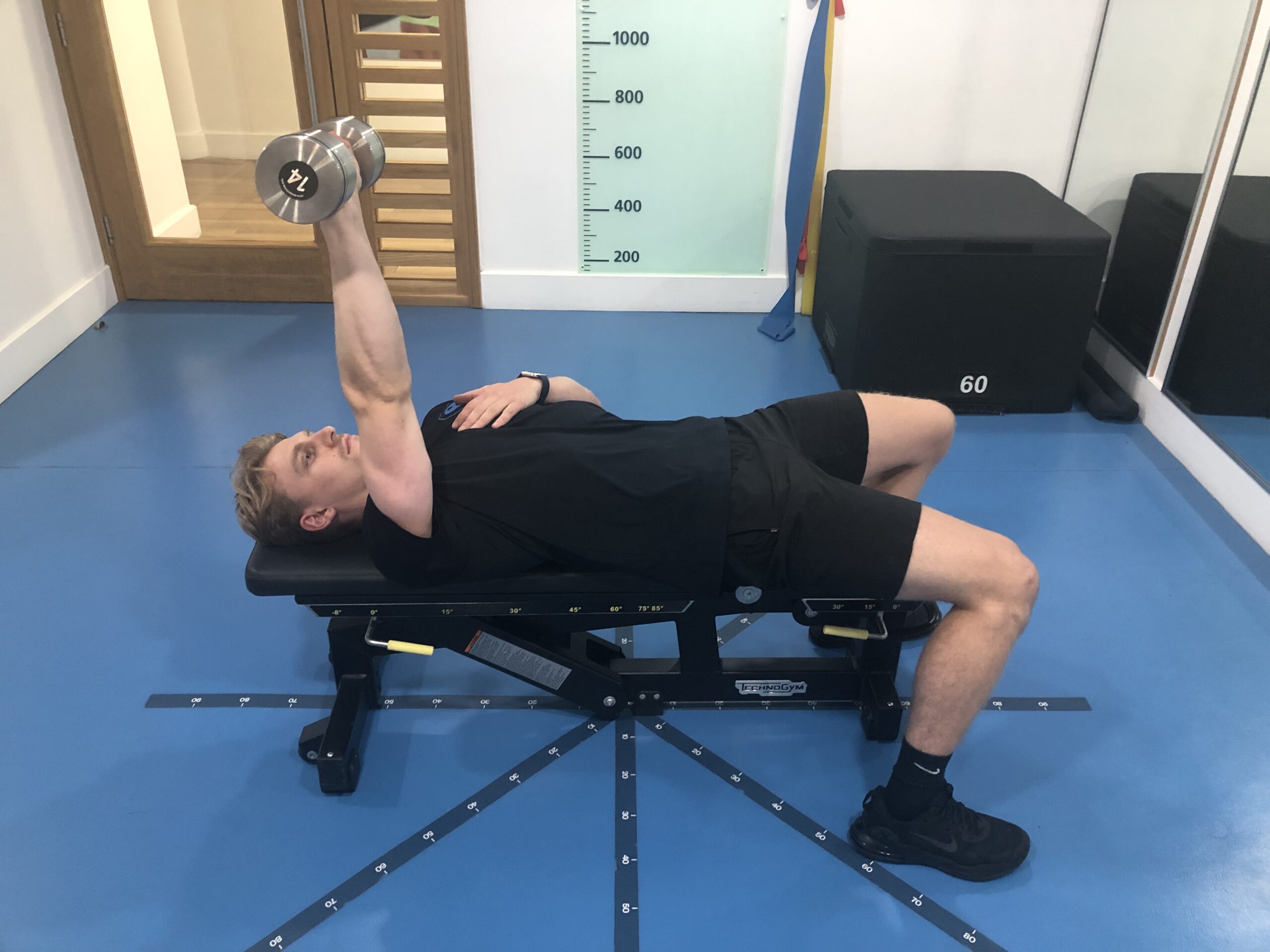
- Lying flat on the bench and begin with the dumbbell raised above you with a straight arm. You can place your other hand in the centre of your chest to help with balance.
- Slowly lower the dumbbell to chest level by flexing your elbow. Do not let your elbow flare out, try to keep it tucked in towards your torso instead.
- Pause at this bottom position for a second.
- Extend your elbow and press the dumbbell back to the starting position.
- Always keep your wrist and elbow stacked on top of each other.
Chest Supported Row
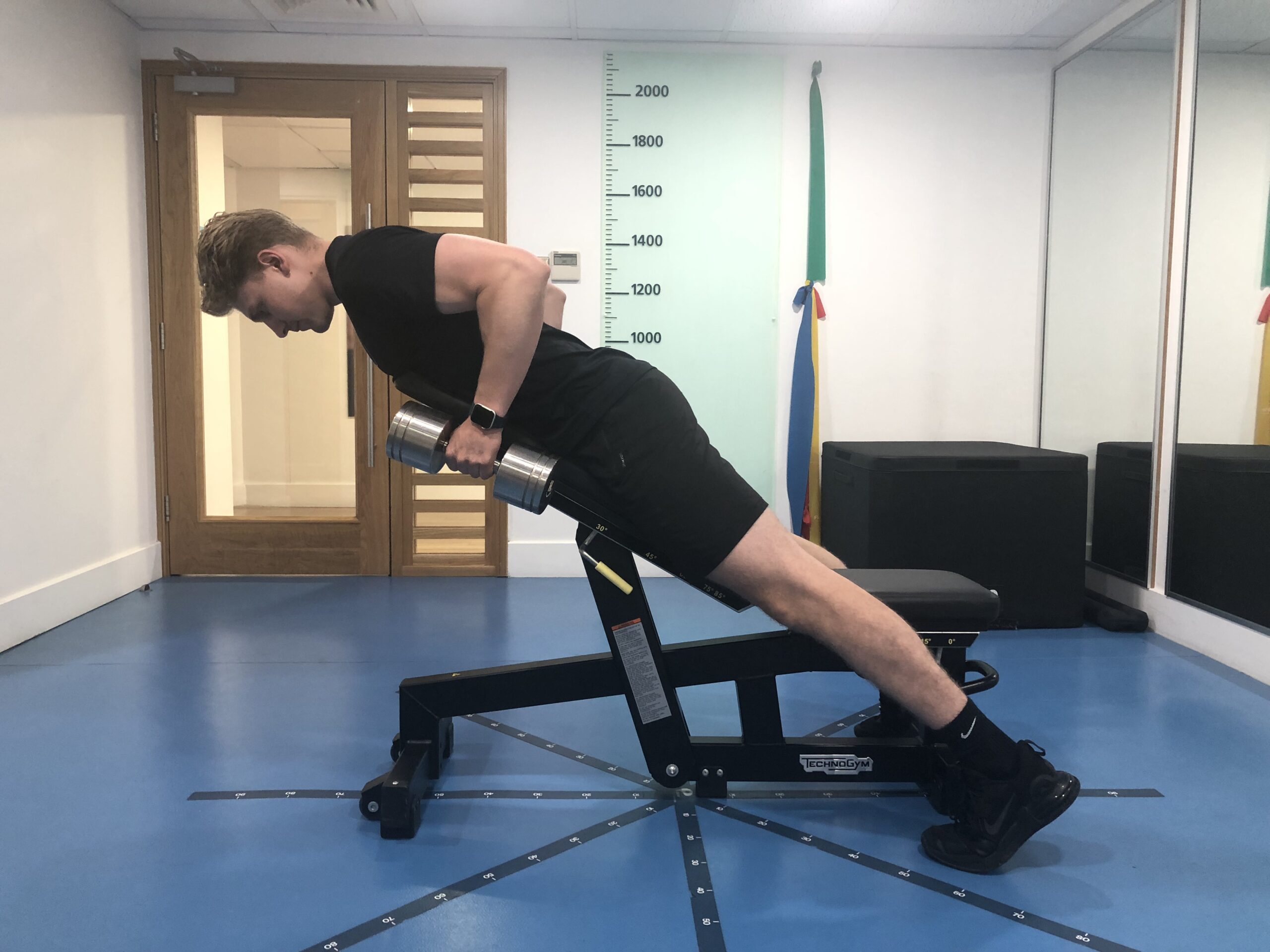
- Lying with your chest high up on the bench, start with your arms straight.
- Squeeze your shoulder blades together as you bring your elbows up high to torso level.
- Hold this top position for a second and keep squeezing your shoulder blades together.
- Relax and slowly straighten your arms back to the starting position.
- Ensure you maintain a neutral head position the entire time.
Again, try to do 3-5 sets of 8-12 reps, twice a week, of each exercise, and only increase the weight you are using once you can perform all reps with good form.
If you would like to know more about strength training for Golf or would like to book an appointment with any of our S&C Coaches, please get in touch.

Advice
Over the last 20+ years our experts have helped more than 100,000 patients, but we don’t stop there. We also like to share our knowledge and insight to help people lead healthier lives, and here you will find our extensive library of advice on a variety of topics to help you do the same.
OUR ADVICE HUBS See all Advice Hubs
